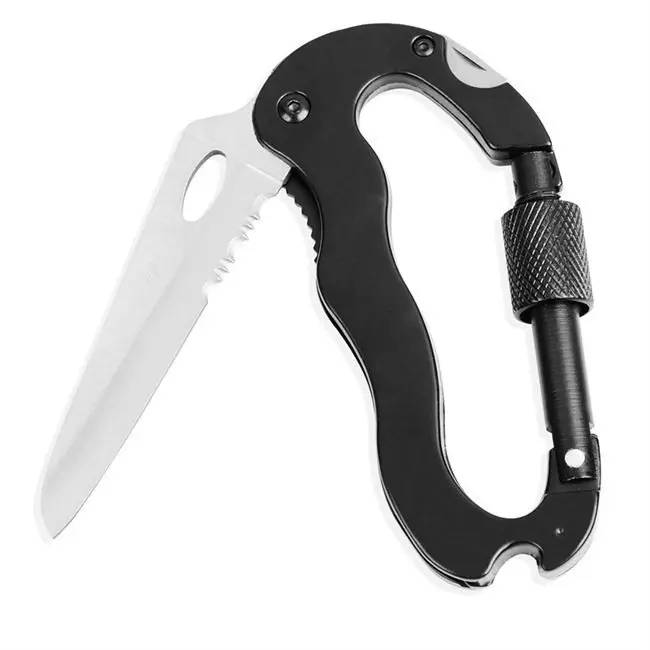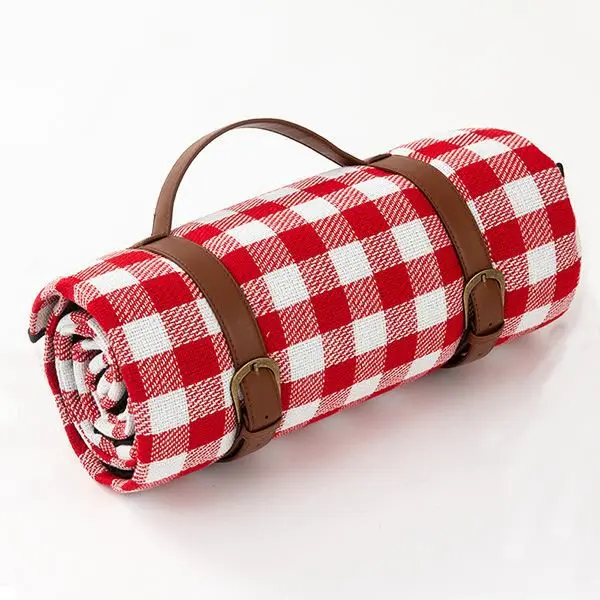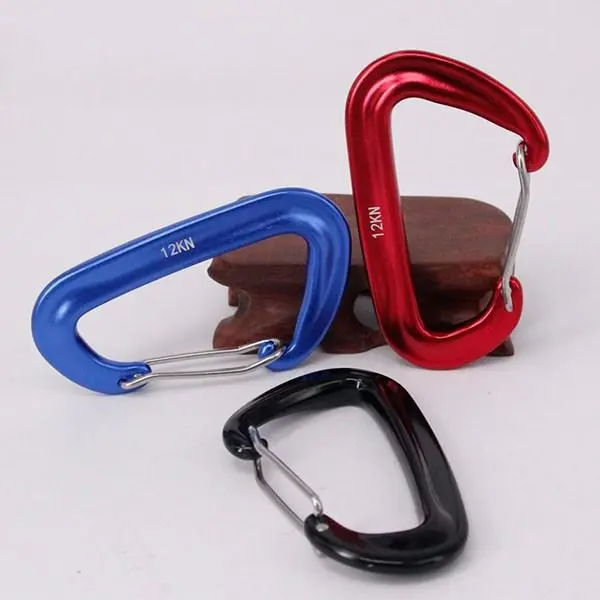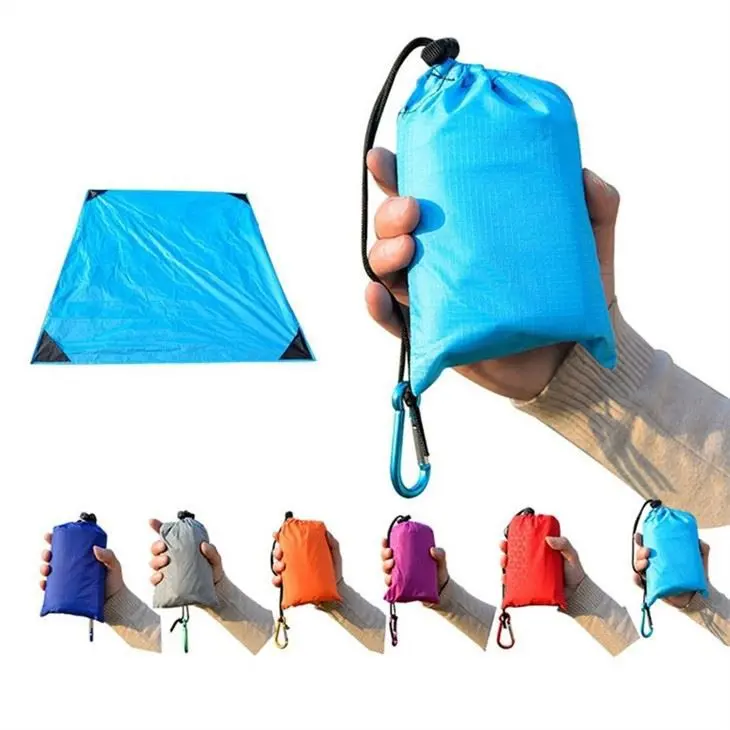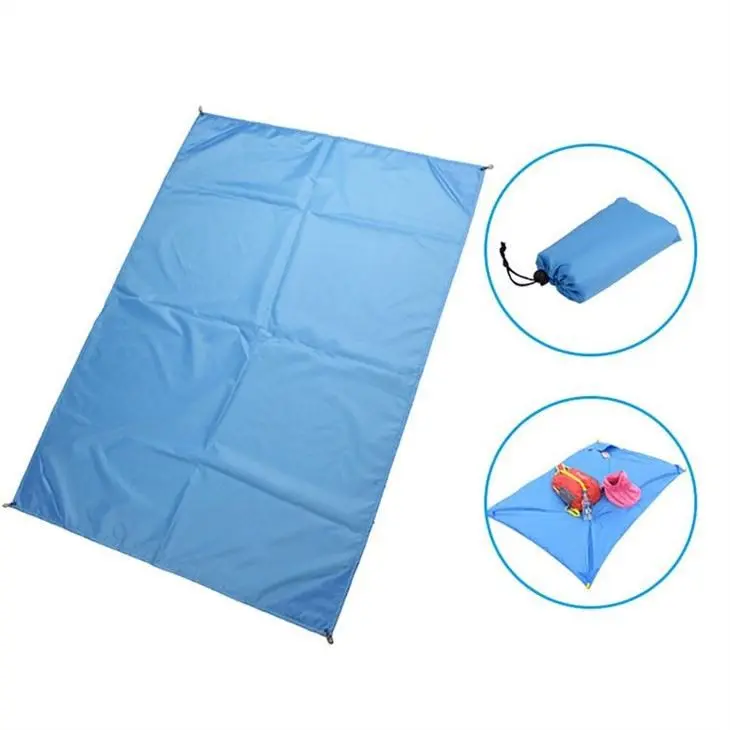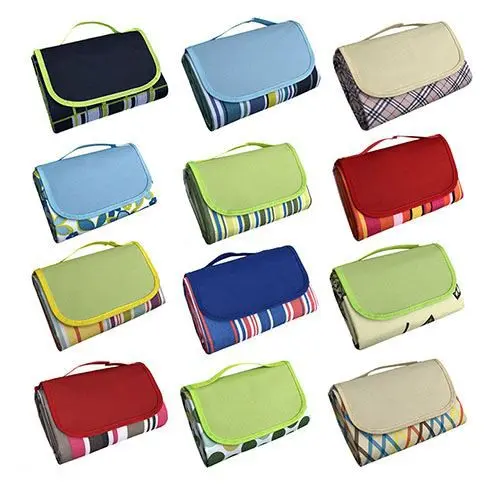Hiking Part 2-4 Sleeping Pad: Which sleeping pad makes you warmer outdoors?
Sleeping pad, also known as moisture-proof pad, is an indispensable piece of equipment when hiking and camping outdoors.
Generally speaking, the best sleeping pad will give you a better night's sleep than the best sleeping bag
What kind of night would you get if we took the world's most expensive, most comfortable sleeping bag and put it on a thin, inadequate sleeping pad? Sleepless nights in an outdoor wonderland, huh?
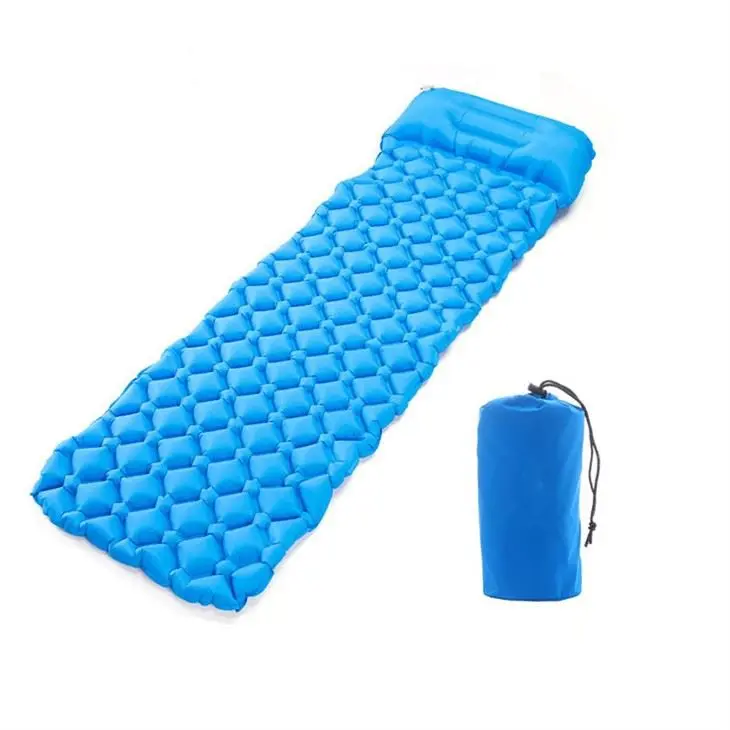
Indeed, you will have a sleepless night. When you are exhausted during the day, you will have a poor rest at night and will not be able to replenish your physical energy at all. The sleeping pad is too thin, and hard and irregular ground (such as stones, earth bags, etc.) will penetrate the sleeping pad and penetrate your back, driving away your sleep. At this time, you will sigh, it turns out that you are just like the Princess and the Pea.
Also, on cold nights, you lose most of your body's precious body heat because your sleeping bag's insulation is compressed so tightly underneath your body that it loses almost all of its ability to keep you warm. So now we know that sleeping pads need to adequately insulate our bodies from the cold ground so that we can conserve our precious body heat and thus have the best chance of getting the most comfortable sleep possible on a cold night outside. This replenished our energy to enjoy the next day’s hiking trip.
Of course, the thickness of a sleeping pad can indicate how well insulated underneath our bodies are, but thickness isn't the only criterion, as some thin materials can also be surprisingly good at retaining our body temperature.
Since sleeping pads are so important for our nights on the road outdoors, let’s share the basic knowledge of sleeping pads today and take a look at their classification and characteristics.
1. Open cell foam sleeping pad
- Open-cell foam is less dense than closed-cell foam, so this sleeping pad protects you well from sticks, rocks, and irregularities in the ground. However, open-cell foam also has the property that it can be easily torn apart.
-It absorbs moisture like a sponge, so open-cell foam requires more caution to keep it dry.
-Open-cell foam sleeping pads compress less than most sleeping pads, which means they tend to be bulky when packed away, taking up space in your backpack. Therefore, most travelers will put the sleeping pad in a protective bag and then tie it to the outside of the backpack, such as the top, back or bottom of the backpack.
-Open-cell foam sleeping pads are less expensive to produce and are the cheapest of all sleeping pads.
TIPS
In addition to varying thicknesses, sleeping pads also come in different lengths and widths. While most people prefer a mat that matches the length of their entire body, some hikers opt for three-quarter length mats to reduce pack weight. However, a three-quarter length pad may be too short during some of the colder nights in spring and fall. Experience shows that you may find that you sleep better on a wider and longer mattress. But make no mistake, more width, just like extra length and thickness, will add more weight to your backpack. So, this is also a matter of personal choice. Of course, a little extra weight doesn't hurt if it means you can get a good night's sleep outdoors.
Closed cell foam pad
-Closed-cell foam is relatively denser, and this material can produce a very durable semi-rigid sleeping pad. Such a sleeping pad will certainly protect you well from moisture and cold coming from the ground, as well as unevenness. However, it is not as good as a self-inflating sleeping pad when it comes to resisting moisture and cold.
-Closed cell foam sleeping pads do not absorb moisture and do a great job of preventing body heat from being lost into the ground.
-This mat rolls up nicely and is easy to pack and carry.
-They cost more than open-cell foam mattresses but less than self-inflating mattresses.
TIPS
Some sleeping pads have a non-slip surface. If your sleeping bag frequently slips off your sleeping pad when you turn over during the night, it means your sleeping pad does not have an anti-slip feature.
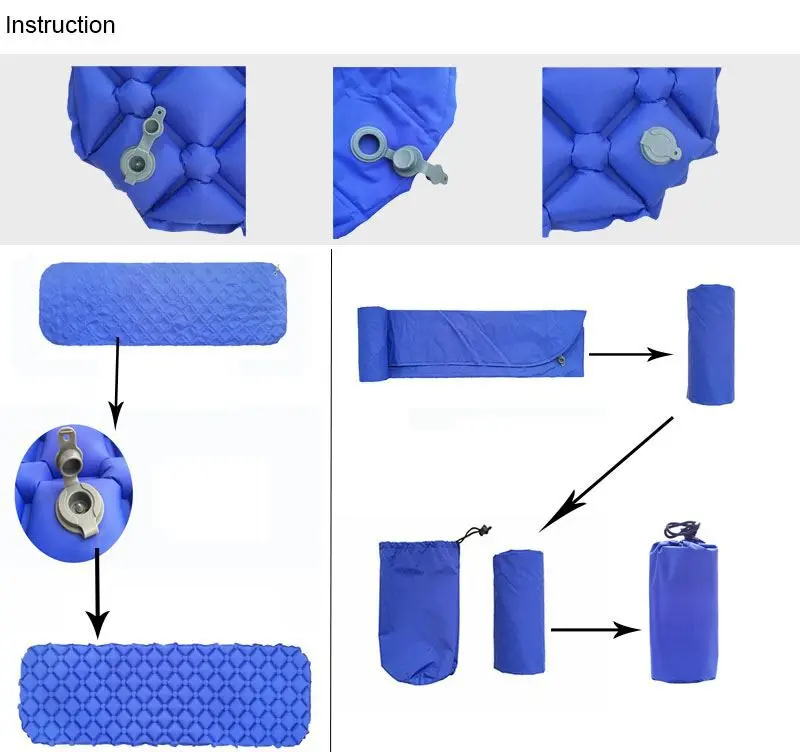
3. Inflatable sleeping pad
When we think of air mattresses, we don’t mean the medium to large mattresses we use at home. Air mattresses also come in backpacking-friendly sizes.
- During outdoor travel, air mattresses are usually inflated by blowing air through your mouth. You can also use an air pump. Of course, in this case, you don't mind the volume and weight the air pump adds to your backpack.
-Inflatable sleeping pads come in two basic styles: one with a single air chamber and the other with multiple air chambers. As the name suggests, the single air storage chamber is connected inside the entire sleeping pad, while the multi-air storage chamber is composed of multiple air storage bags running through the entire sleeping pad. As for which one is better, only after you personally experience the difference between the two can you decide which one is more suitable for you.
-The price of inflatable sleeping pads varies by brand, from cheap to expensive, with many options to choose from.
TIPS:
If an inflatable sleeping pad has a hole, it will be worthless to you. Inflatable sleeping pads are airless and flat. They neither provide you with comfort nor keep you warm. Of course, many air mattresses come with repair parts. Your inflatable sleeping pad will only work, or be safe, if you carry it with you. You definitely don’t want to spend the night outside on a cold night without the help of a sleeping pad.
4. Self-inflating cushion
Self-inflating mattresses are the most popular, although they are also the most expensive.
-When the valve is opened, air will automatically rush in until the cushion is filled. Of course, many people also like to blow some air through their mouths to make the air cushion fuller for more comfort.
-In terms of comfort, most people think that self-inflating mattresses are the best.
-Like air mattresses, these can break, so it is recommended to b

